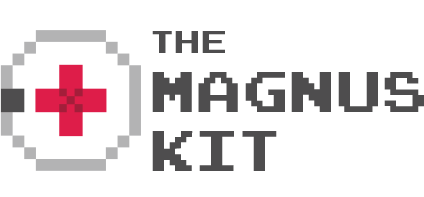The Agency of Controls
Anybody who has ever played a game has used good controls, bad controls, and everything in between. Controls can be designed to do more, however. Well-designed controls can give a certain feeling to you; a sense of fluidity or helplessness that changes the game completely.
So what makes controls well-designed?
Both the Silent Hill and Resident Evil series’ controls, although sometimes complex and uncoordinated, enhance the central horror themes in both games. In most of the Silent Hill games walking around requires you to turn the character based on a fixed camera. This is awkward and can take some getting used to. When combined with the slow-to-respond controls it makes reacting to and fighting enemies frustrating at best.
While these controls might seem unresponsive or just plain bad, they are actually taking cues from Japanese horror movies and stories. In Japanese horror, a large evil force tries to make the characters feel unwanted and uncomfortable. Japanese monsters do not jump out at you, but rather create a world of constant anxiety; you are not wanted in this place, you have no control in this place, and you will never feel safe here.
Resident Evil, as well as Silent Hill 2, translates this (traditionally) cinematic feeling into games by making you into a fumbling mess. With Resident Evil’s “tank controls”, so named because of their 6 directional nature, you control the character based on the fixed camera that changes every time you enter a new room. Given that you cannot move and shoot at the same time, it makes for a surprisingly nervous cocktail. While Resident Evil is generally fairly amusing and campy, the controls do a lot to increase the tension and horror.
In the opposite manner to Silent Hill 2 and Resident Evil, controls can empower you with almost total agency, like in Dark Souls. While Dark Souls has garnered fame (or infamy) for its difficulty, its control scheme deserves more praise. You choose from a very large number of weapons, most with their own unique move set. You can beat the game with each weapon, so it really comes down to preference. The control scheme might seem slow or heavy to newer players, this adds weight and consequence to movements. The controls force you to think more carefully about when an attack, or roll, or any other move..Once you get the hang of it, you'll have near perfect control over the character’s walking, running, jumping, dodging, rolling, and parrying. The controls let you almost orchestrate combat, becoming less frenetic and more thoughtful.
Similarly, Receiver’s tightly controlled gunplay makes you feel totally in control of the character and the game. To reload your handgun, you must eject the magazine, put the gun away (you only have two hands after all), fill the magazine with bullets one at a time, get the gun out again, insert the magazine, and pull back the slide to chamber the first round. To fire the weapon, you must turn the safety off. To check how many bullets you have left, you have to take the magazine out of the gun and count. Combat in Receiver can switch from slow to extremely fast in a split second, depending on how quickly you become overwhelmed. However, a quick hand and knowledge of the controls allows you to go through the full reload process in under a second, which feels smooth and imbues the player with a feeling of total agency.
Over time, controls have evolved into a bigger and bigger part of the experience. More than just an interface, controls complement the atmosphere of a game, increase your immersion, and make the game memorable far past its release. Well designed controls add to and improve the experience, which is definitely something to strive for.









